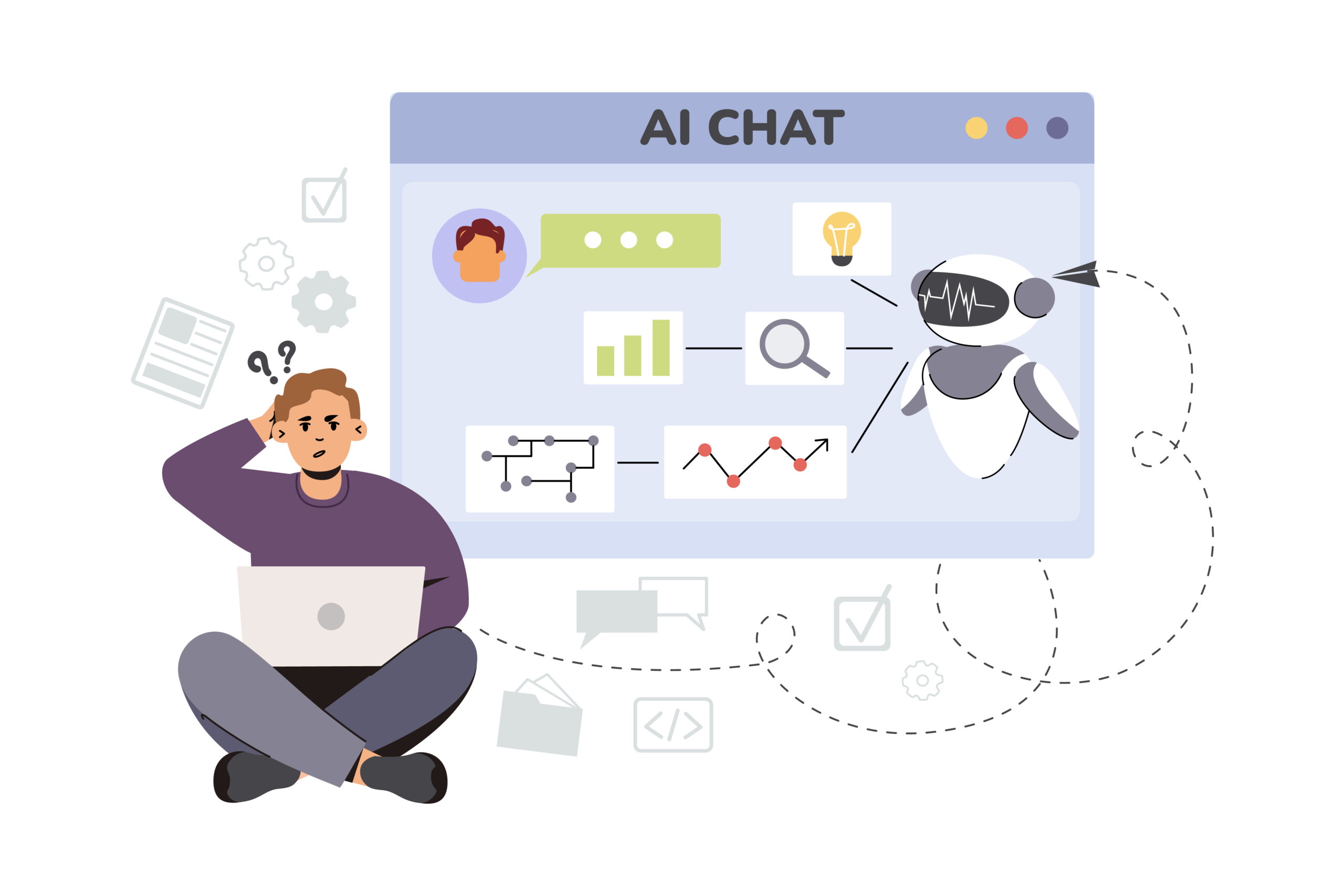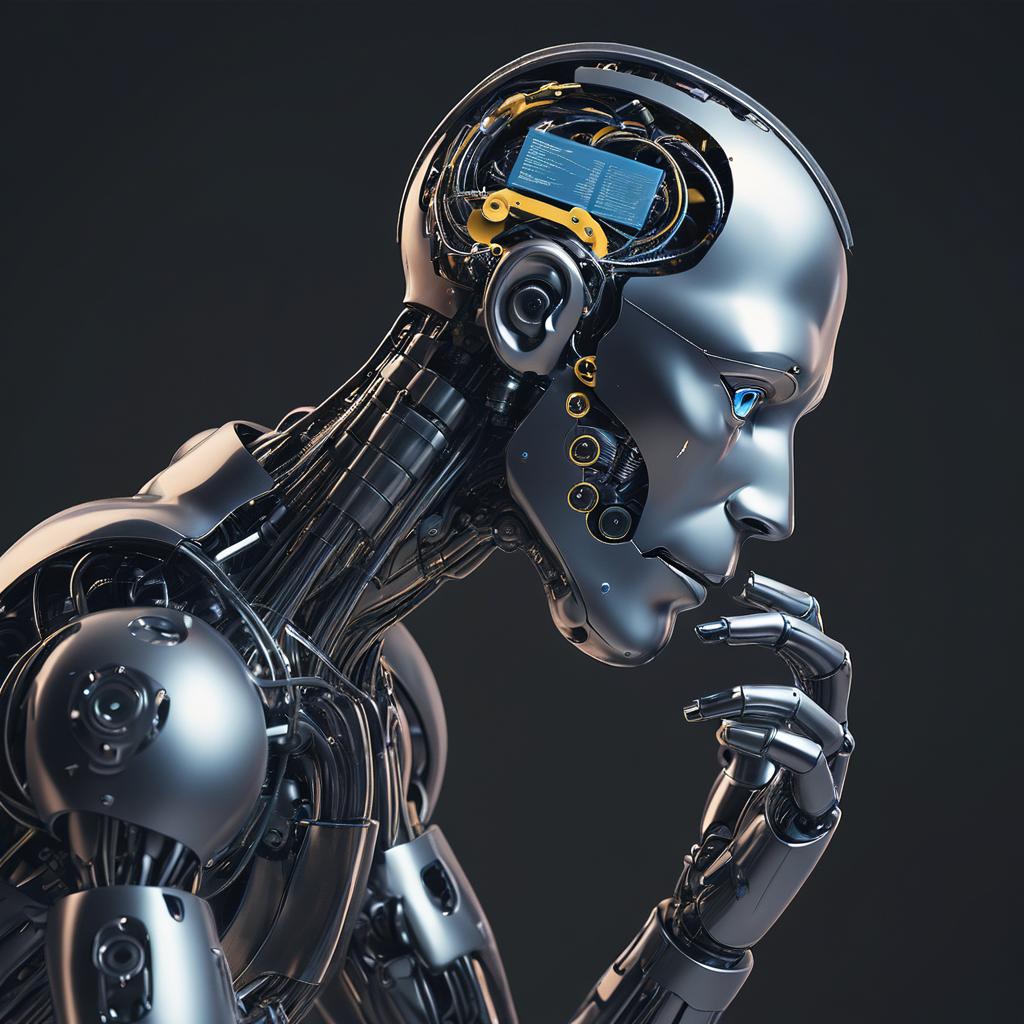
- May 2, 2024
- HR
- 0
📢 Generative AI & Machine Learning: A Basic Overview
Generative AI and Machine Learning involve algorithms and models that can learn patterns from data and generate new content. Generative models aim to create new data instances that are similar to those in the training data. These technologies have been applied in various fields such as image generation, text generation, music composition, and more.
React Development and Machine Learning 😀
🚀 A popular JavaScript package for creating user interfaces, particularly for online applications, is called React. While React itself is largely focused on the frontend, Machine Learning (ML) and Generative AI can support React development in various ways:
- Enhancing User Experience: ML algorithms can analyze user behavior and preferences to personalize the user experience in React applications. For example, a recommendation system powered by ML can suggest relevant content or products based on user interactions.
- Natural Language Processing (NLP): React applications can integrate NLP models to understand and respond to user input more intelligently. This could be beneficial in chatbots, search features, or content screening.
- Image Processing: ML models can be integrated into React applications to analyze and manipulate images. For example, user-uploaded images can be categorized by image recognition models, and new images can be dynamically generated by image generation models.
- Data Visualization: With libraries like D3.js or Chart.js, machine learning algorithms can analyze massive datasets and extract information that can be displayed in React applications. Developers may now produce informative and interesting data visualizations for users thanks to this.
- Content Generation: Generative AI models, such as GPT (Generative Pre-trained Transformer), can be utilized to generate text content dynamically in React apps. This could be used for creative writing prompts, content summarization, and chatbots.
Benefits of Using Generative AI & Machine Learning in React Development: 🤑🤑🤑
- Personalization: ML algorithms can personalize the user experience, leading to increased user engagement and happiness.
- Automation: Developers can concentrate on deeper areas of application development by automating repetitive operations like data analysis and content creation.
- Better Decision Making: ML-driven insights can assist developers in making well-informed choices regarding content strategies, UI design, and feature prioritization.
- Innovative Features:React apps can stand out from the competition and provide unique features that draw users in through using machine learning capabilities.
Drawbacks and Challenges: ☹😐
- Performance Overhead: Because ML models can be computationally demanding, they may have an effect on how well React apps run, particularly on devices with little processing power.
- Model Maintenance: React applications’ long-term maintenance burden is increased by the requirement for ML models, which need to be updated and maintained on a regular basis to accommodate shifting user preferences and behavior.
- Data Privacy and Ethics: ML models require large amounts of data, raising concerns about data privacy and ethical use, especially when dealing with sensitive user information.
- Complexity: Integrating ML into React applications adds complexity to the development process, requiring additional expertise and resources.
In conclusion, while there are challenges and issues involved in incorporating Generative AI and Machine Learning into React development, the potential benefits in terms of user experience enhancement, automation, and innovation make it an exciting route for developers to take. 👍
😊 follow for more: https://kodetechnolab.com


